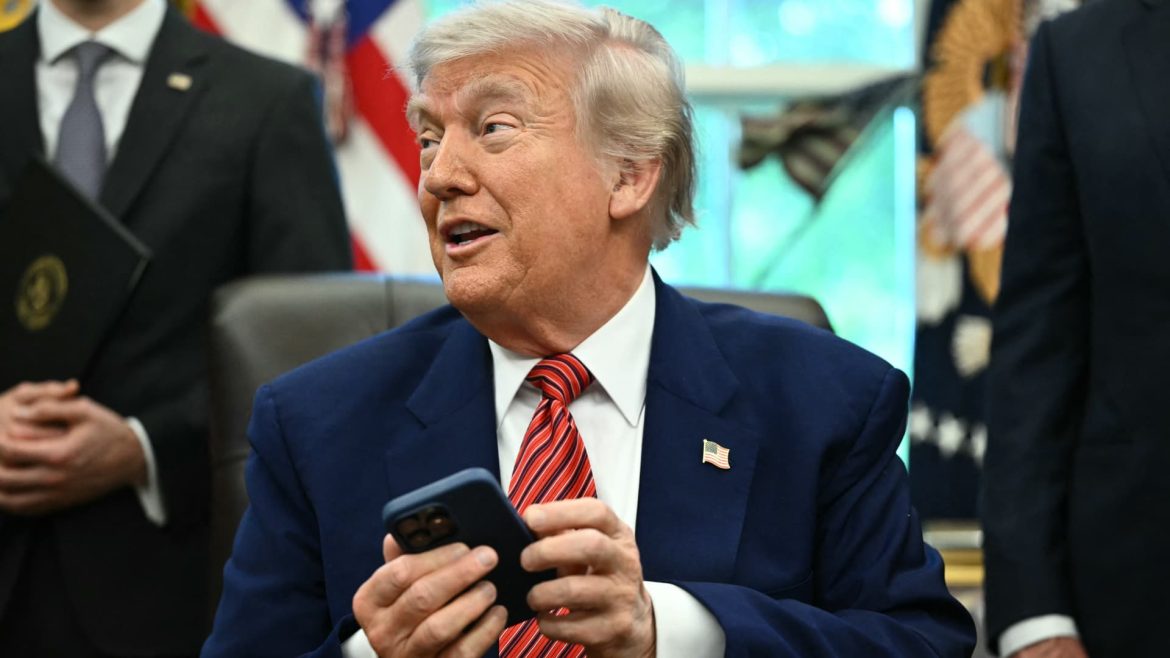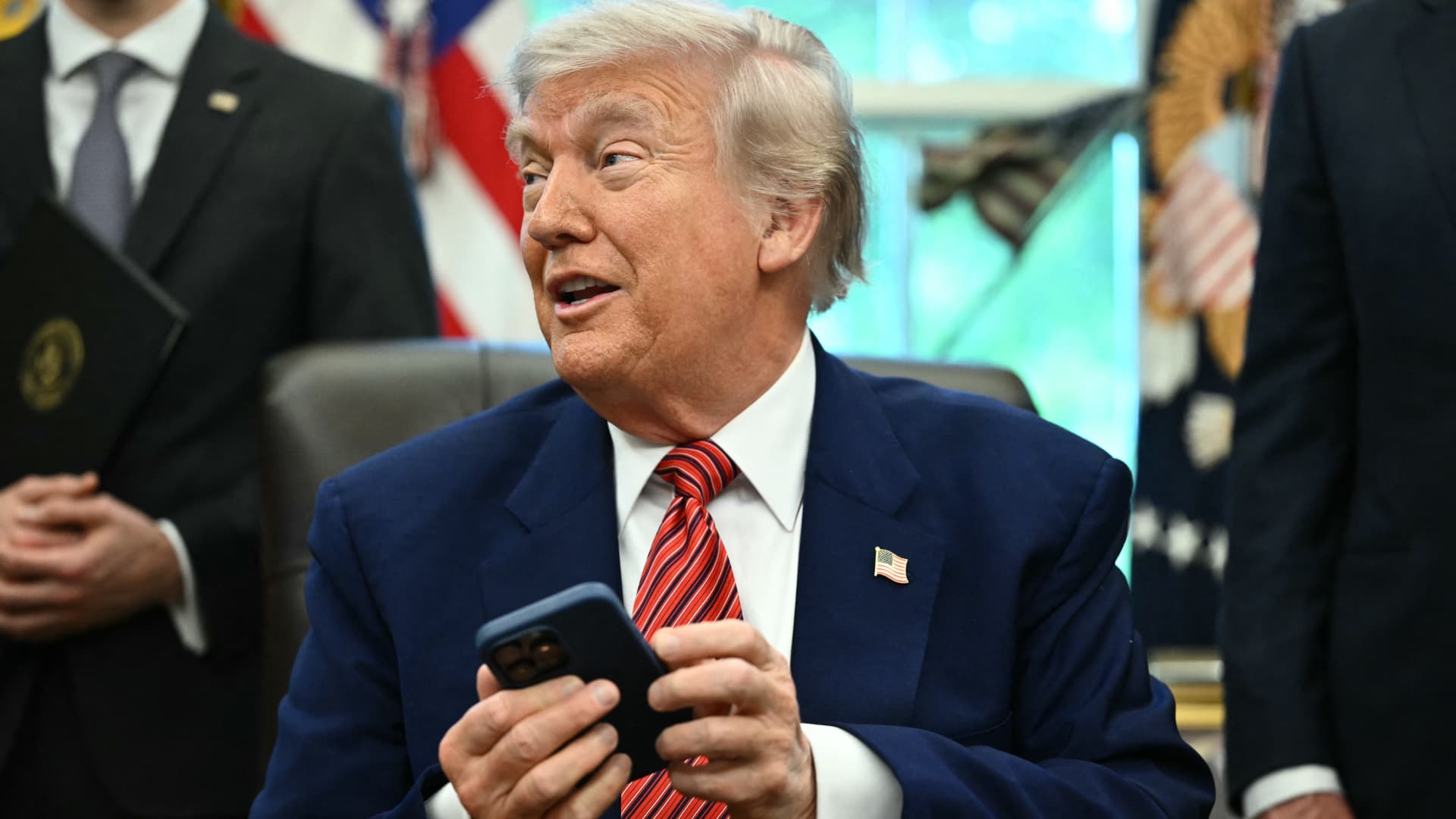The recent ruling by the U.S. Court of International Trade marks a significant legal and political turning point regarding President Donald Trump’s broad imposition of tariffs on imports from numerous countries. This decision not only challenges the president’s expansive use of emergency powers but also signals potential shifts in U.S. trade policy frameworks moving forward.
Background and Context: The Scope of Trump’s Tariffs
Since assuming office, President Trump has pursued an aggressive trade policy aimed at protecting American industries and addressing perceived unfair trade imbalances. Central to this agenda has been the imposition of steep tariffs on goods imported from a wide array of countries, including his symbolic “Liberation Day” tariffs announced in April and long-standing tariffs on China and other trading partners.
These tariffs were invoked under the International Emergency Economic Powers Act (IEEPA) of 1977, a law that grants the president emergency authority to regulate commerce in response to national threats. Trump’s administration argued that persistent trade deficits and alleged unfair trade practices represented an economic emergency justifying these broad tariffs.
The Legal Challenge: Overstepping Boundaries
The U.S. Court of International Trade, a federal court that handles disputes related to trade laws, ruled in a unanimous three-judge panel that President Trump had exceeded his lawful authority. The court found that the IEEPA does not provide “unbounded authority” for the president to impose sweeping tariffs on imports from virtually every country—it is intended for situations involving an “unusual and extraordinary threat” to national security or foreign policy interests.
The ruling emphasized that the tariffs failed to meet the statute’s strict requirements; they lacked a sufficient nexus to a legitimate national emergency. In doing so, the court vacated and permanently enjoined many of these tariff orders, declaring them illegal under federal law.
Implications of the Ruling: A Blow to Trump’s Trade Agenda
This legal decision strikes at the heart of Trump’s economic strategy. The tariffs have been a cornerstone of his efforts to reshape global trade relations and protect domestic industries from foreign competition. By blocking the vast majority of these tariffs, the ruling could effectively halt much of the ongoing trade conflicts initiated by the administration under the guise of emergency economic powers.
Moreover, the court’s decision reinforces the principle that trade policy must adhere to congressional statutes and cannot be unilaterally determined solely by executive discretion—especially not through emergency powers intended for crises directly impacting national security.
What Remains Intact and Potential Workarounds
The court recognized that the president retains some more limited powers to impose tariffs under alternative legislation, namely the Trade Act of 1974, which specifically addresses unfair trade practices and trade deficits. This suggests that while broad across-the-board tariffs under emergency powers are blocked, more targeted tariffs based on specific findings of unfair trade might still be permissible.
Reports indicate the Trump administration may seek legal and procedural workarounds to revive aspects of its tariff agenda, possibly by invoking these other statutes or through administrative rulemaking. This ongoing legal battle may ultimately escalate to higher courts, including the U.S. Court of Appeals for the Federal Circuit and potentially the Supreme Court, where the constitutional and statutory limits of presidential trade authority will be hotly debated.
Broader Trade and Political Impact
Beyond the immediate impact on tariff enforcement, this ruling underscores significant tensions between the executive branch’s economic policy ambitions and the legislative framework governing trade. It offers a reminder that unilateral executive actions in international trade face judicial scrutiny and that legal checks remain robust against possible overextensions.
For U.S. trading partners worldwide, this development brings some respite from the uncertainty created by sudden tariff increases. It may open doors to renewed negotiations and a rebalancing of trade approaches toward more lawful, transparent mechanisms.
Domestically, the ruling has drawn mixed reactions. Critics of Trump’s tariffs herald it as a victory for the rule of law and protection against economic isolationism. Conversely, supporters view it as an unwarranted judicial intrusion into executive policymaking during what they consider an economic emergency.
Conclusion: A Defining Moment for U.S. Trade Authority
The U.S. Court of International Trade’s ruling blocking President Trump’s vast tariff impositions constitutes a watershed moment in American trade policy and legal interpretation. It firmly curtails the president’s capacity to unilaterally impose sweeping tariffs under emergency economic powers, reaffirming the limits imposed by Congress and the judiciary’s role in maintaining those limits.
As this saga unfolds through appeals and potential policy adjustments, it will continue to shape the future contours of U.S. trade strategy, executive authority, and the balance of power in economic policymaking. This decision not only halts a significant chapter of the trade war but also clarifies the legal landscape for how Presidents can—and cannot—use emergency powers in the realm of international commerce.





